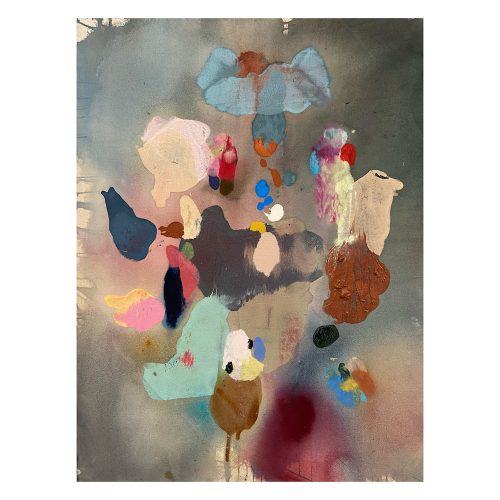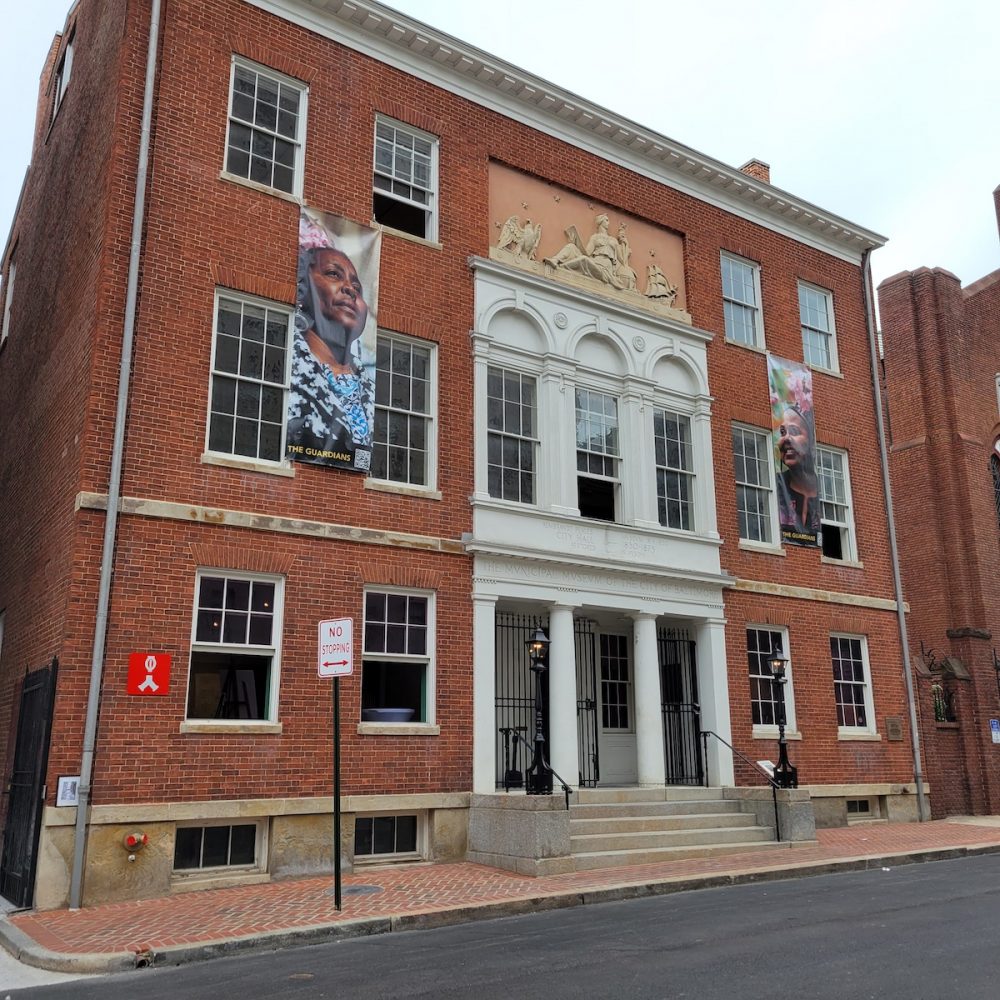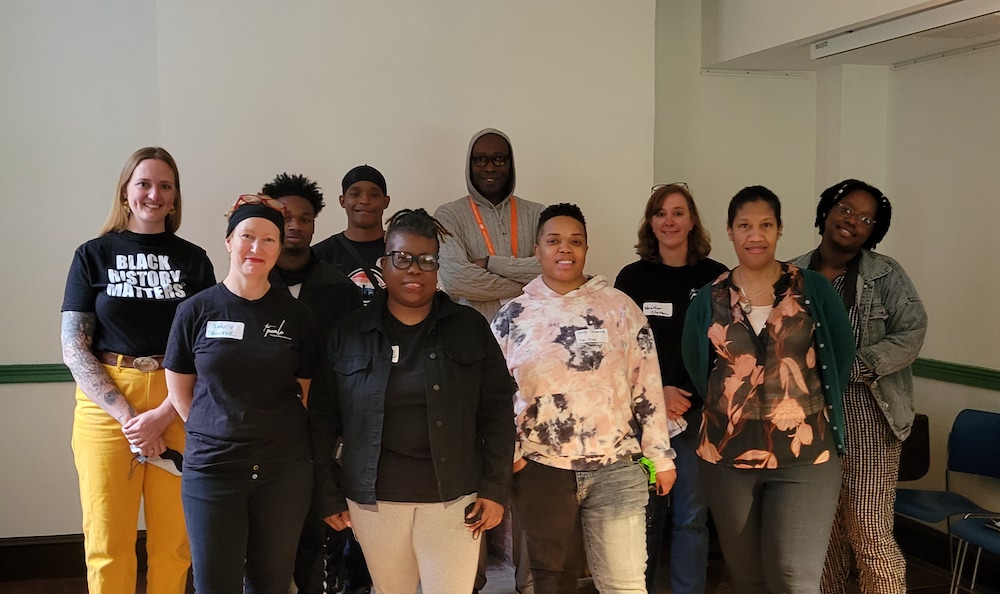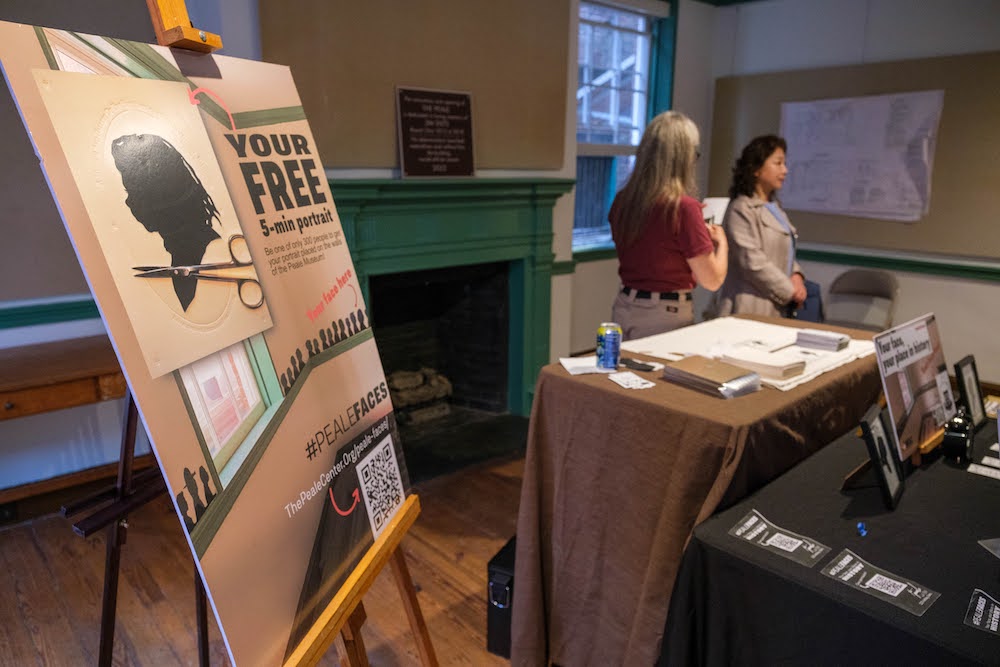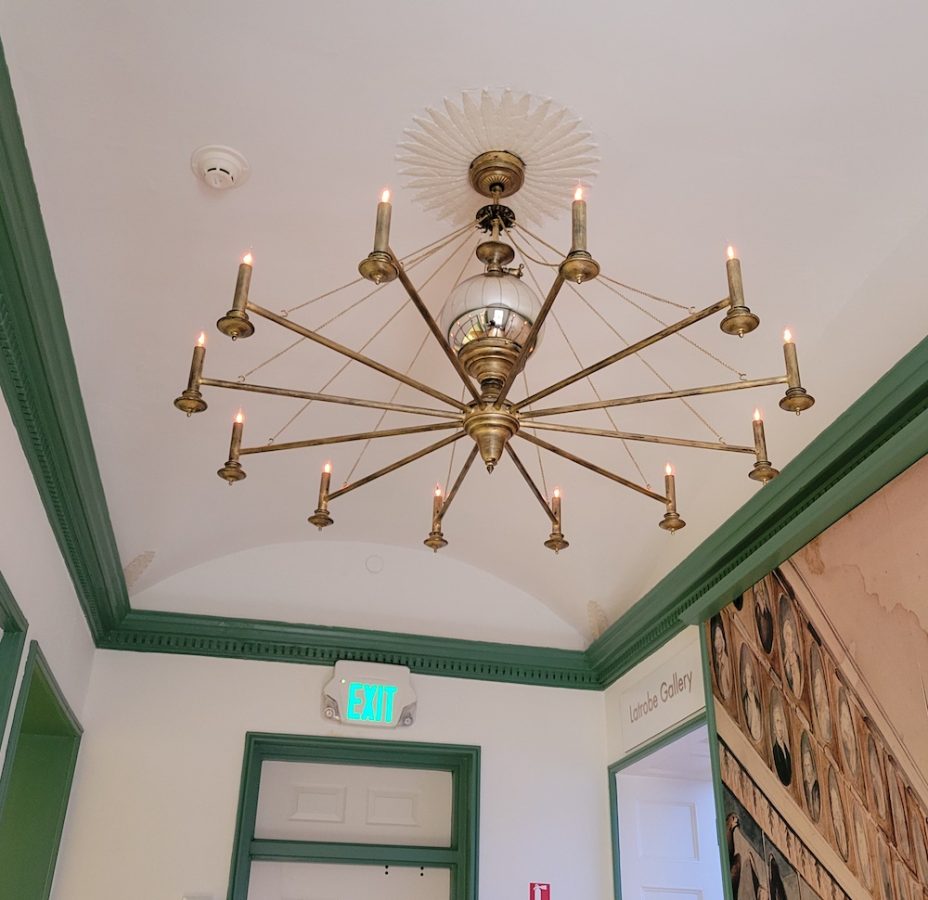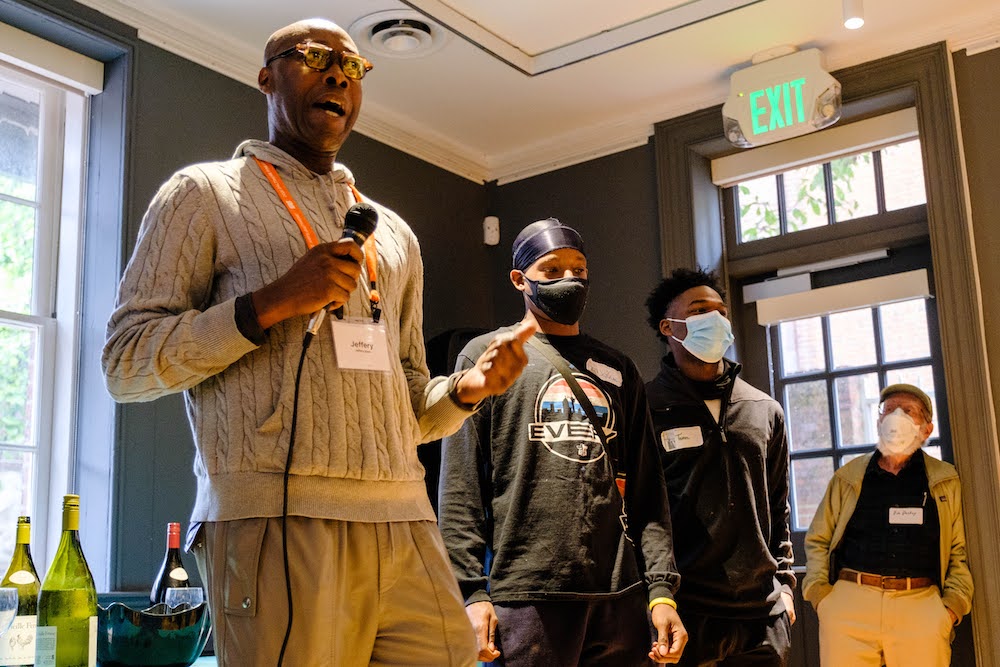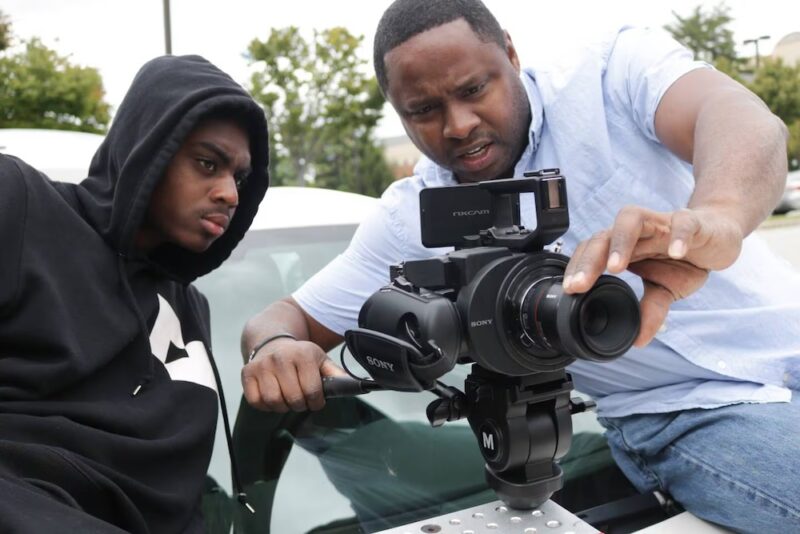Few buildings in Baltimore have had as many lives as the one at 225 Holliday Street, one block from City Hall. It has housed a school, a seat of government, a fledgling company, and several different museums. In a city of firsts, it represents more than one.
This year, after a five-year renovation, the Holliday Street building is starting anew as The Peale, a cultural center for the 21st century. Its slogan is “Baltimore’s Community Museum.”
The nonprofit group behind the restoration has successfully completed its $5.5 million capital campaign and scheduled a grand opening ceremony for August 13, 2022, the 208th anniversary of The Peale’s original opening. Starting this month, directors will present a series of events, exhibits, and performances that will show what they mean by a community museum and how the four-story building and its garden will be used from now on.
On the last weekend of April, the staff and board held an open house for supporters and contractors to show off the physical improvements completed since 2017, recall the building’s history, and outline their plans for the future.
“Thank you for saving this historic building—the first museum ever built in the United States, and the site of so many other groundbreaking firsts in the history of this city and nation,” Nancy Proctor, the Peale’s chief strategy officer, told the guests. “Because you renovated this beautiful, magical building, we can now rededicate it to the service of Baltimore’s citizens and friends around the world as Baltimore’s Community Museum.”
Named for Rembrandt Peale, the artist and gaslight innovator who constructed it, the building opened in 1814 and is considered the first “purpose-built” museum in the Northern Hemisphere—the Baltimore Museum and Gallery of Fine Arts.
It was the first structure in Baltimore to be illuminated with gas fixtures—which Peale installed to light the contents of his museum—and was the birthplace of the Baltimore Gas & Electric Company. It housed Baltimore’s first City Hall from 1830 to 1878. Then, from 1878 to 1889, it became Male and Female Colored School No. 1, the site of one of the first grammar schools in Baltimore’s Colored School system, as it was known then, and the first high school in Maryland available to people of color.
Proctor said The Peale will be different from the previous museums that were housed in the Holliday Street building, all of which had a permanent collection of art and objects on display. In its new iteration, she said, The Peale will be a non-collecting museum, the setting for an always-changing array of programs and exhibits.
“The Peale in the 21st century is a place where anyone can share their story of the city,” she said. “It is both a platform and a showcase for the city’s storytellers, artists, and culture keepers, and home to the largest digital archive of Baltimore stories in the world. The Peale is also a teaching museum and a laboratory for radically reimagining what a museum can be today. In that regard at least, what we are doing at The Peale now would be quite familiar to Rembrandt Peale and his family.”

